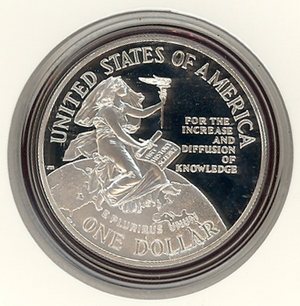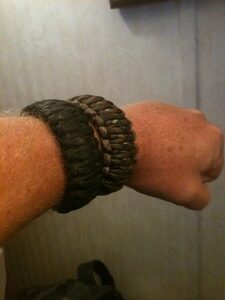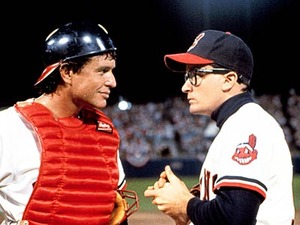How to use auction hosting services on eBay is a major concern for many eBay sellers. I often get questions from other sellers on the channel that is usually reserved for my customers.
How to use auction hosting is a serious problem for many eBay sellers. I got an email today from an eBay seller who was very frustrated and confused because she couldn’t figure out how to get the pictures from her Auctiva auction hosting to her eBay listings. She couldn’t find the URL of her hosted images on the Auctiva server. Of course, I directed her here.
I’ve already covered how to use auction hosting with Turbo Lister 2 and how to use Auctiva’s listing services, including their online tool and the downloadable Mr. Lister tool. This tutorial covers how to use auction hosting services, including Auctiva, with the eBay Sell Your Item form.
The main problem with the eBay Sell Your Item form is that it doesn’t support more than one hosted image. This means that if you really want to continue using the eBay Sell Your Item form rather than another listing tool or service, you must learn HTML.
It’s really not as difficult as you might think. In fact, it’s very simple. First of all, you need to be sure you know where your images are on the auction host’s server. For example, on Auctiva, you can access your images by clicking on the “Images” tab, and then clicking “Manage.” You can now search by the filename of your original, uploaded image. For this reason, you want to make sure that you name your images appropriately, and also make sure that similar images have names in common. For example, if I’m uploading pictures of postcards, I will put “postcard” in all the file names before I upload them.
Also, in order to use this method you must make sure that the images are properly optimized for the web before you upload them. Resize your images in your image processing software so that the images are no longer than 600 pixels on the longest edge.
You can also organize your images by folders on Auctiva. Simply click on the “Folders” link, and click “Create Folder.” You can then create your folder, name it and assign it a unique color.
Other auction hosts function similarly. For example, Photobucket allows you to add a title to your images, which you can then search on in your album. Check your auction host’s help files to see how to search for your items on their system.
Then once your images have been uploaded to your auction host’s server, begin to create your listing in the eBay Sell Your Item form. After you choose your category, the legend “Sell: Create Your Listing” will appear in a blue bar at the top. After you select your store categories, create your title, and enter item specifics, scroll down to the “Pictures” section. Click on the “Add Pictures” button, and a dialogue box will appear.
Click on the “Self Hosting” tab. You will see a single space for a URL. Open up your auction host web page in another window or another tab in your web browser. Then search for the image you want to be your primary image in this listing. Copy and paste the URL into this field, then click the “Insert Pictures” button.
Remember that this only inserts your primary image. All other images must be added by adding to the HTML code.
Scroll down to the “Description” field. Click on the “HTML” tab. Add the following code to the empty field (remove the comment tags first):
Where “IMAGE URL” is the full URL, including the “http://” of your hosted image. Add this code for each image you want in your listing. If you want twelve images in your listing, add the code twelve times. The final tag, which closes the center justification, should be at the end of the grouping of images, like this.
If you want the images to be optimized for the web, add the code like this.
Again, repeat the image code and the break to add additional images. The “width” attribute will make the images appear smaller on the page. You may experiment with different image widths. There’s no need to add the height. If you add an arbitrary height, you will end up with a distorted picture.
It’s just that simple. Just make sure that you don’t load the listing down with so many huge images that your buyer can’t load the page. Remember, many of your buyers are on dial-up, and a listing with forty giant pictures will send them to look at somebody else’s listing.
HTML may seem daunting, but it really isn’t difficult at all. It’s just a matter of learning the basic code. Anyone can learn to use basic HTML, whether for listing descriptions or for websites. If you need more help, check out my other eBay guides on Associated Content for more tips and tricks.




